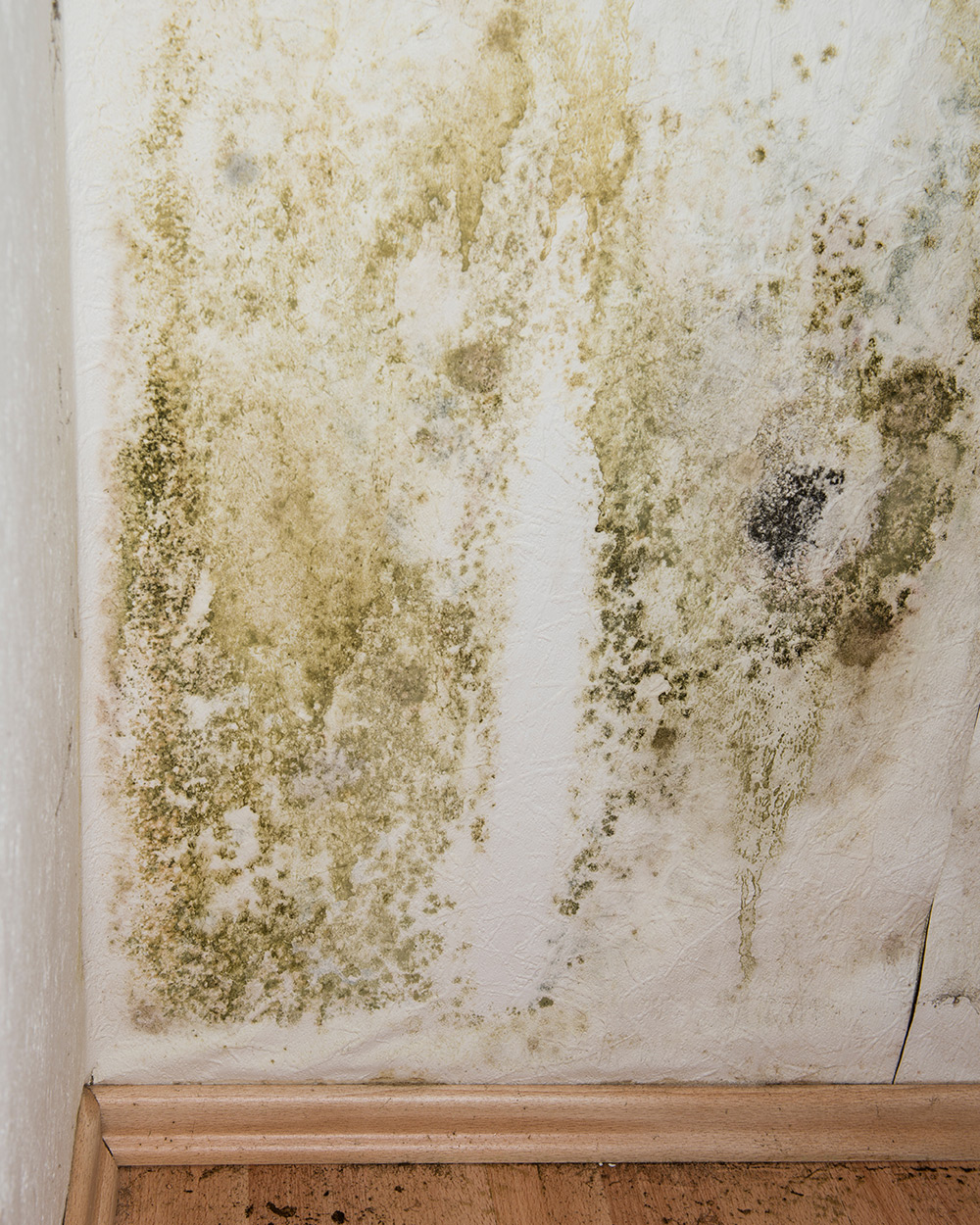- Home
- About Us
- Services
- General Contracting
- Design Build Projects (Residential / Commercial)
- Project Management & Supervision
- Healthcare Buildings Renovation
- Facility Maintenance
- Infrastructure / Civil Works
- Demolition Work
- Interior Design & Upgrades
- Commercial Building Renovations
- Residential Building Renovations
- Water Damage Restoration & Renovation
- Fire Damage Restoration & Renovation
- Mould Remediation & Asbestos Abatement
- Projects
- Contact Us
- Quote

